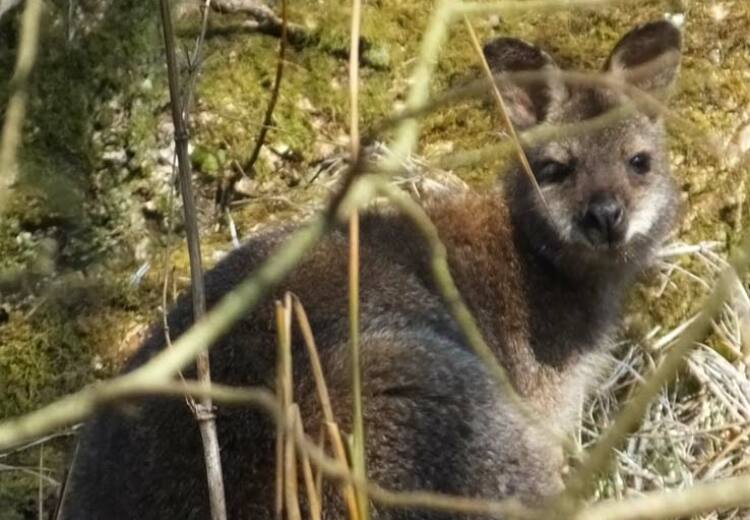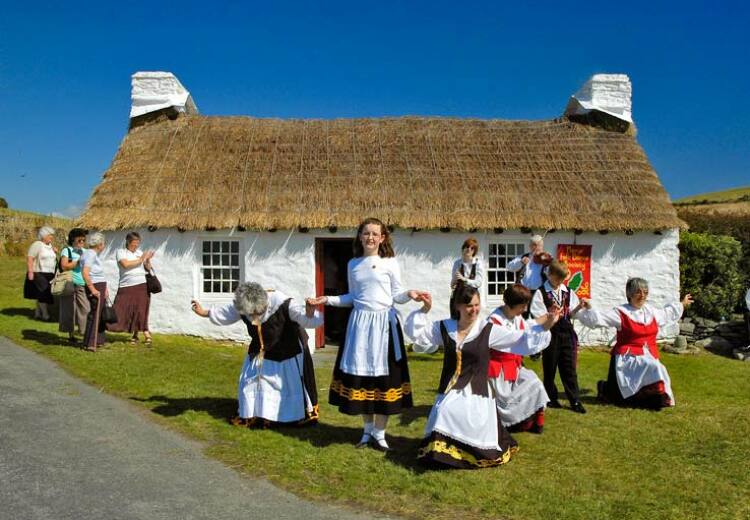CYCLISTS have been offered advice from the Department of Environment, Food and Agriculture after two serious mountain bike accidents.
The department has said while it welcomes cyclists to many parts of the forestry estate – some parts remain out of bounds for ground and environmental protection and for the safety of riders.
Following an accident last week, where a mountain biker had to be rescued by an RAF search and rescue helicopter, the department has now issued the following information:
There are around 28,000 acres of land which are managed by the department. These can be broadly categorised as hills, forests or glens.
Hill land (areas of public ramblage):
By law cyclists are not permitted to ride across open heathland described as areas of public ramblage. This is to protect sensitive habitats from damage and to avoid unnecessary disturbance to livestock and wildlife including ground-nesting birds.
Mountain bikers may however ride the many miles of Greenway roads and permissive trails running through the department's hills. These country tracks afford the rider with some challenging terrain as well as numerous opportunities to enjoy the Island's stunning scenery.
Forests/Plantations:
There are many miles of forest road within the department's plantations which mountain bikers are permitted to explore. Most of these are rough tracks with uneven surfaces which are steep in places. Cyclists should be aware that these routes can change in character and surface regularly and, as such, should be prepared for differing terrain.
Cyclists should also remember that plantations are working environments with forestry operations taking place on a regular basis. Access may be restricted for tree felling work or during sporting events and visitors should follow safety signage at all times.
Forest Roads are shared-use trails, for walkers, horse riders and cyclists who use them on a daily basis. Cyclists are asked to respect the other user-groups and slow down when approaching.
In some plantations the department, in conjunction with the Manx Mountain Bike Club, has developed way-marked graded mountain bike trails. These are particularly popular at South Barrule Plantation near Foxdale. A trails map for this venue as well as a Forest Cycle Code, offering further advice, is available to download from the department's website -www.gov.im/daff.
Manx national glens:
Due to their narrow nature and frequent steepness cycling is not permitted on the pathways in any of the department's 18 national glens.
The department has also asked cyclists to plan ahead and to tell someone where they are going and what time they expect to be back. They also recommend riding with a friend, keeping the bike in good working order and to always take a mobile phone.
The Manx Mountain Bike Club regularly organises evening and weekend rides for riders of differing abilities for those who want to gain some knowledge of local routes. For more information visit www.manxmtb.com.








